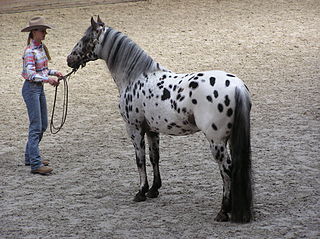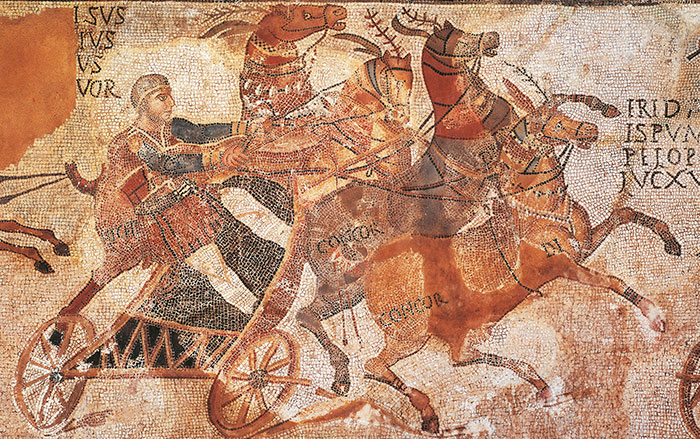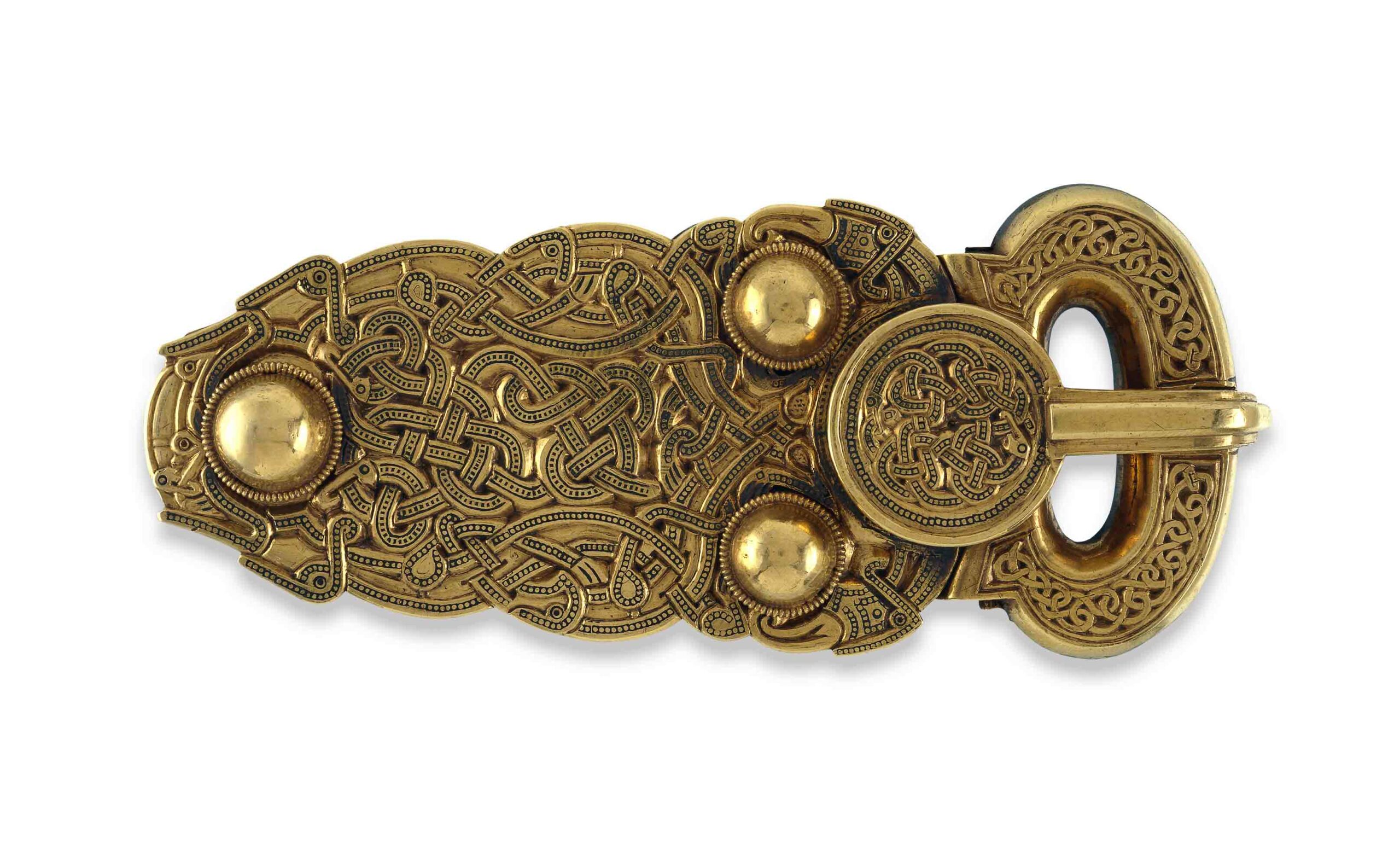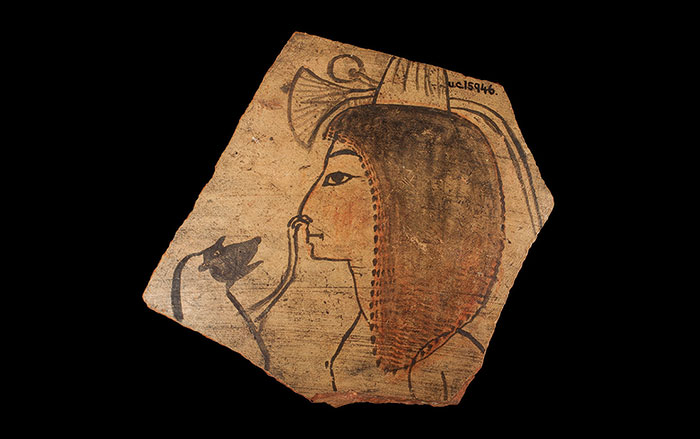
BERLIN, GERMANY—Analysis of DNA extracted from the bones and teeth of horses that lived between the late Pleistocene and the medieval period suggests that leopard coat patterns went in and out of fashion among breeders. Leopard coats were popular during the early Bronze Age, but by the end of the period the spots had almost disappeared. The patterned coats may have fallen out of favor because animals that inherit genes for the trait from both parents are night blind, which can make them timid and hard to handle. Yet some 1,000 to 1,500 years later, the coat color seems to have been reintroduced, perhaps through wild horses. “The behavior of breeders and their preferences changed at that time, as it does today,” Arne Ludwig of the Leibniz Institute for Zoo and Wildlife Research told Horse Talk. During the medieval period, spotted horses were depicted in art and literature, and favored by nobles who considered them symbols of chastity. To read more about how archaeologists are using horse genetics, see "Dappled Horse Paintings Decoded by DNA."










